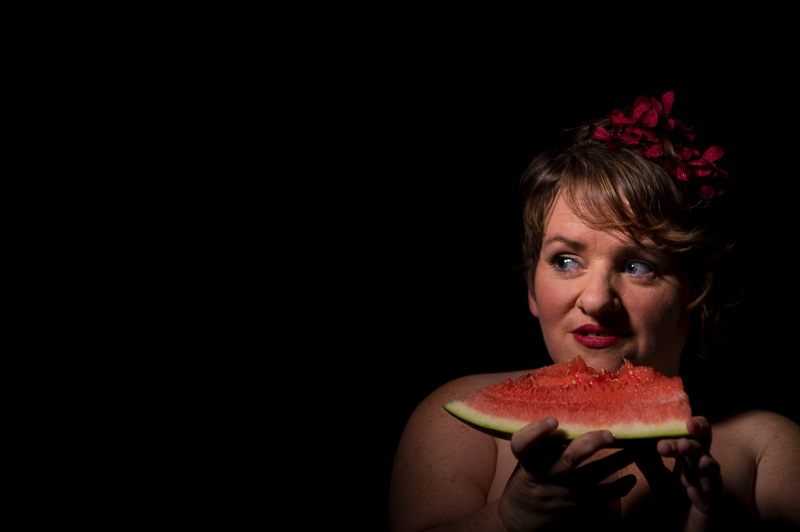Blog: Caroline Bowditch
The disabled dancer and artistic director of Dance4's Falling in Love With Frida describes how the production came to life
I know you so well.
I know the things you like to eat,
The clothes that hang inside your wardrobe,
I know where you sleep, the music you lay down to.
I’ve sat in your garden and at your table.
I know you left your mark on everything, including their hearts.
They all fell in love with you.
I’ve never met you, but I’ve done it too.
A couple of years ago, as part of a residency in Nottingham, I had the luxury of studio time with no outcome in mind. After a few days of being fairly unproductive and not knowing exactly where to start, I began to wonder what I knew best and realised it was my bones. I know them well, and each of their stories. I started to write some of their stories down, including a list of the bones I have broken and how I’ve broken them. With more research, this led me to Frida Kahlo and her story. Having survived polio and a bus accident in her youth, she too broke many bones and lived with disability for most of her life.
Frida is known for her striking looks, her tempestuous marriage to Diego Rivera and her politics, but I wanted to discover the Frida that no one else knew. In 2014, with support from Creative Scotland, I visited Frida’s home in Mexico City. Her energy, as I imagine it, was everywhere; everything was as she had left it. Her house, which is now a museum visited by thousands of people every year, was full of colour, vibrant energy and evidence of Frida’s life – she has left her mark on everything, from notebooks to the furniture.
I sat in the room where she was born and saw the bed where she died. I saw her death mask and the clay urn that holds her ashes. I spent ages staring into a glass cabinet filled with tiny trinkets, dolls and toys that she had collected, or made herself, and played with for hours while stuck in her bed. There was also a small marionette theatre where she used to play out all sorts of stories and scenarios. I sat in her garden, imagining her absorbing the Mexican sun 60 years before me, surrounded by a small menagerie of the animals she so loved.
More research led me to explore Frida’s medical history and a list of her surgeries. Some of these were unnecessary, chosen because they drew Diego back to her side. Bed bound for much of her life, Frida painted from her bed with a specially adapted easel and a mirror, creating over 120 self portraits – honest and open representations of her disability, often shrouded in her pain. It struck me that despite this, Frida is remembered first and foremost for her art. For me, it’s often more about my disability.
During my research, I went for dinner with a friend and was waxing lyrical about the facts I’d found out about Frida. She looked at me and said, “It sounds like you’re falling in love.” I was! I wanted to know everything; every intimate detail. I also wanted to uncover something that wasn’t in the books or the movie and wasn’t a Frida fact that everyone already knew about her.
I’m not sure I managed that, but I did leave her house with a gift from the director of the museum: a CD of the music that Frida used to play, in record form, in her house as she worked and rested. It is the music that our audiences arrive to, and is often the thing that Mexicians, when they come to see the show, generally don’t like – but it makes Frida feel close and somehow makes me feel I have uncovered something a little less known about such an iconic and incredible woman.
Viva la Frida!
Falling in Love With Frida is at the Lawrence Batley Theatre, Huddersfield on 1 Oct.

Leave a reply
Your email address will not be published.